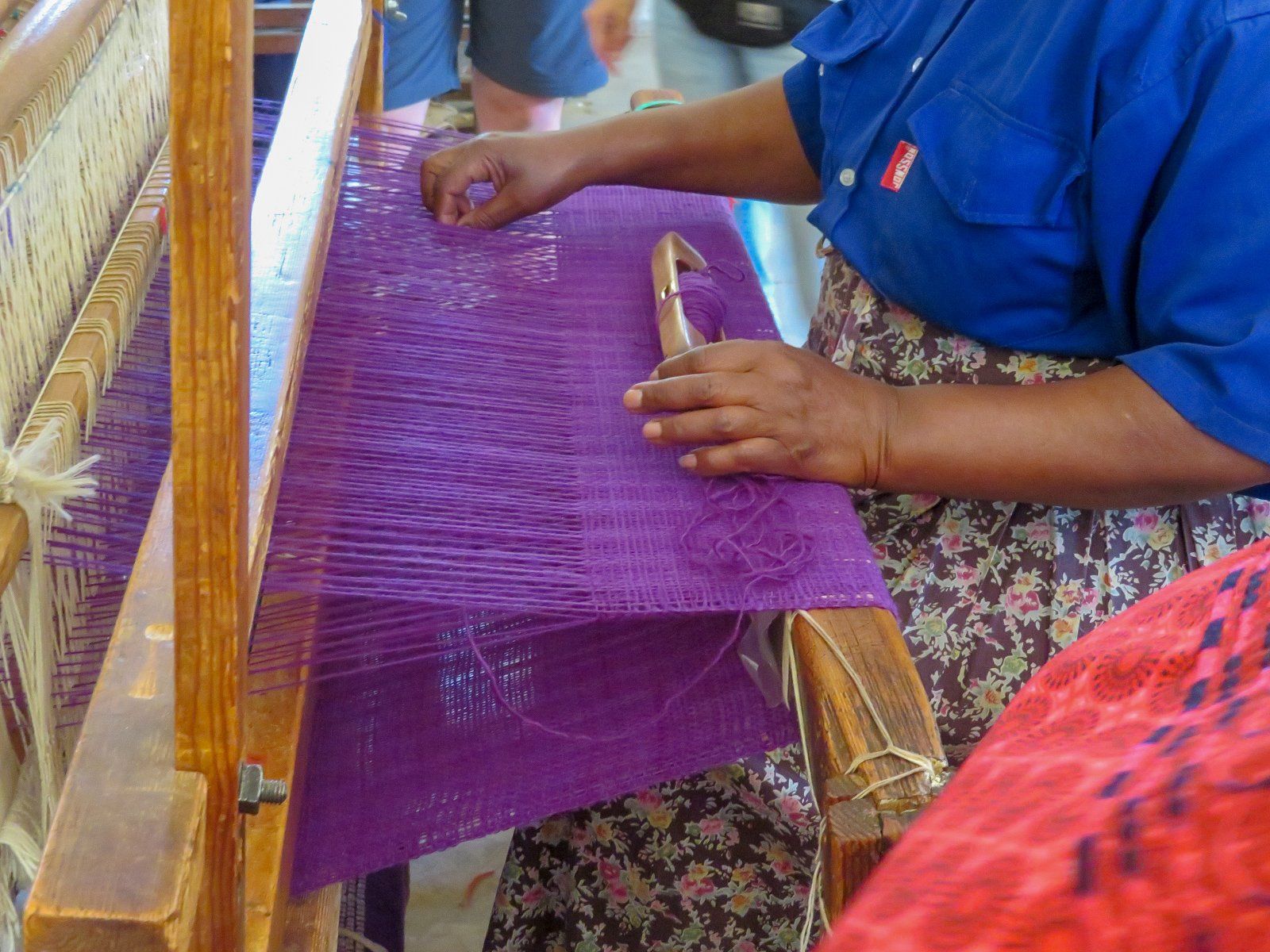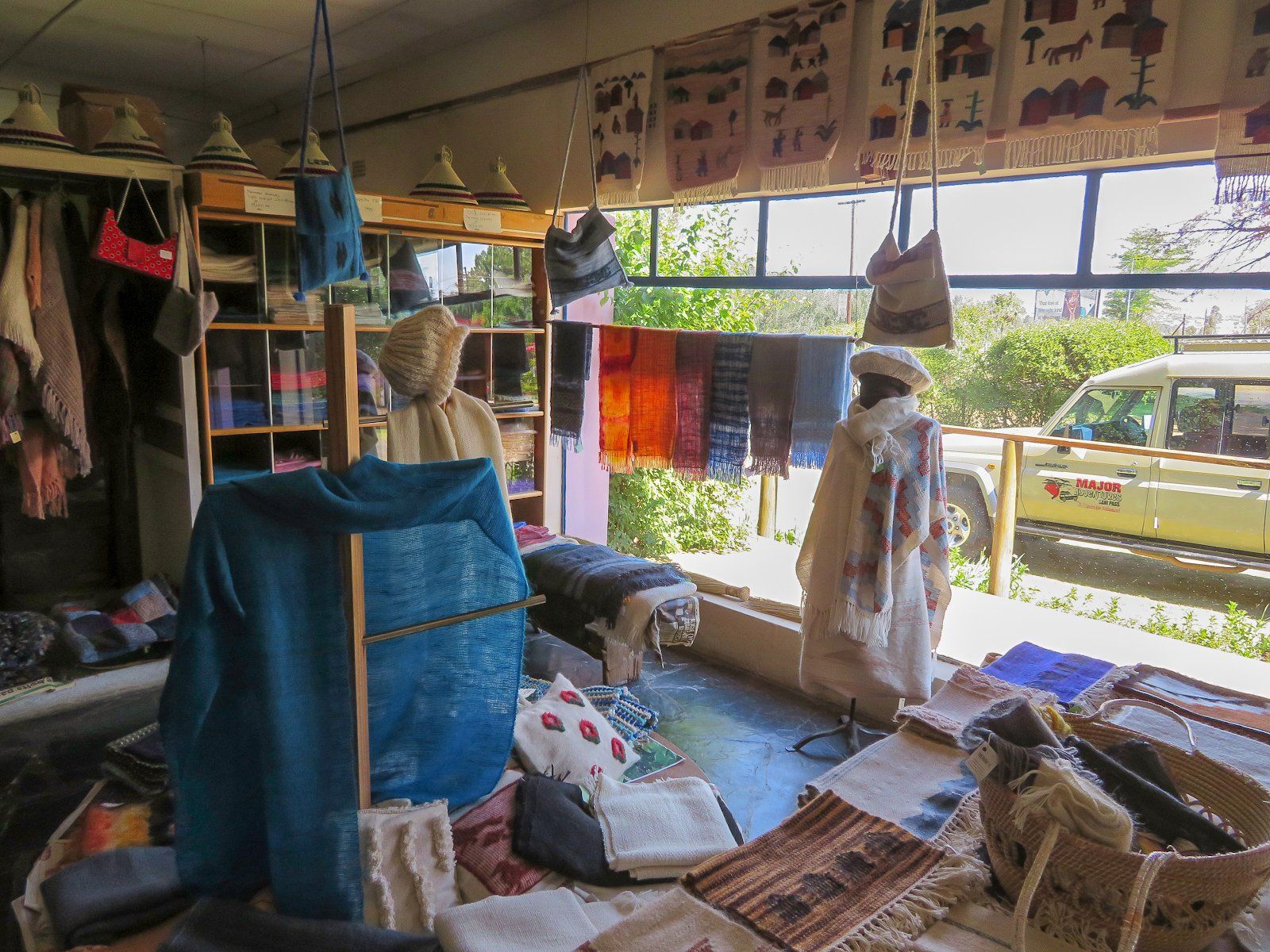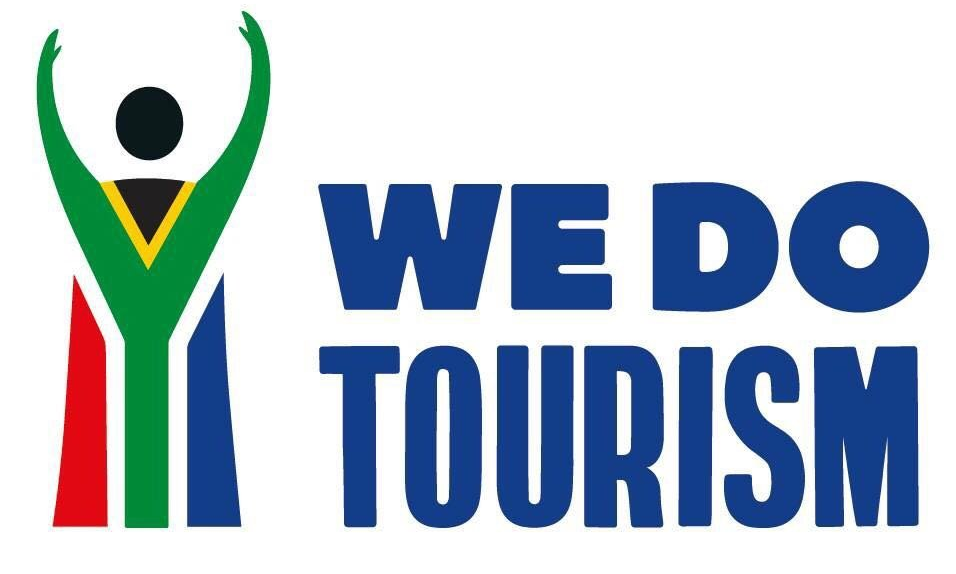Educational Lesotho
- by Jana Meyer
- •
- 16 Jan, 2019
- •
Lesotho – Kingdom in the sky.
The small Kingdom of Lesotho is an enclave in South Africa – a country within a country – and offers a scenic land of tall mountains and narrow valleys, history of political autonomy and an unique culture.
Two-thirds of Lesotho consists of mountains – its highest point Mount Ntlenyana is 3482 m above sea level (it’s therefore also called ‘roof of Africa’ or the ‘Kingdom of Heaven’) and the lowest is 1500 m. The Drakensberg range forms the eastern boundary with KwaZulu-Natal.
The Maloti spurs of the Drakensberg, running north and south, join the main range in the north, forming a plateau from 9,000 to 10,500 feet (2,700 to 3,200 metres) in elevation. This plateau, the centre of the cattle-raising and agricultural industries, is the source of South Africa’s two largest rivers — the eastward-flowing Tugela and the westward-flowing Orange — as well as tributaries of the Caledon (Mohokare).
Our Consultants Karo, Mo, Fenja and Ryan and our FIT Manager Nadine went for four days to discover this small, but lovely country with much culture, history and very very friendly and thankful people.
Their first impression of Lesotho: of course many mountains and valleys, but also many bumpy roads (be aware of that).
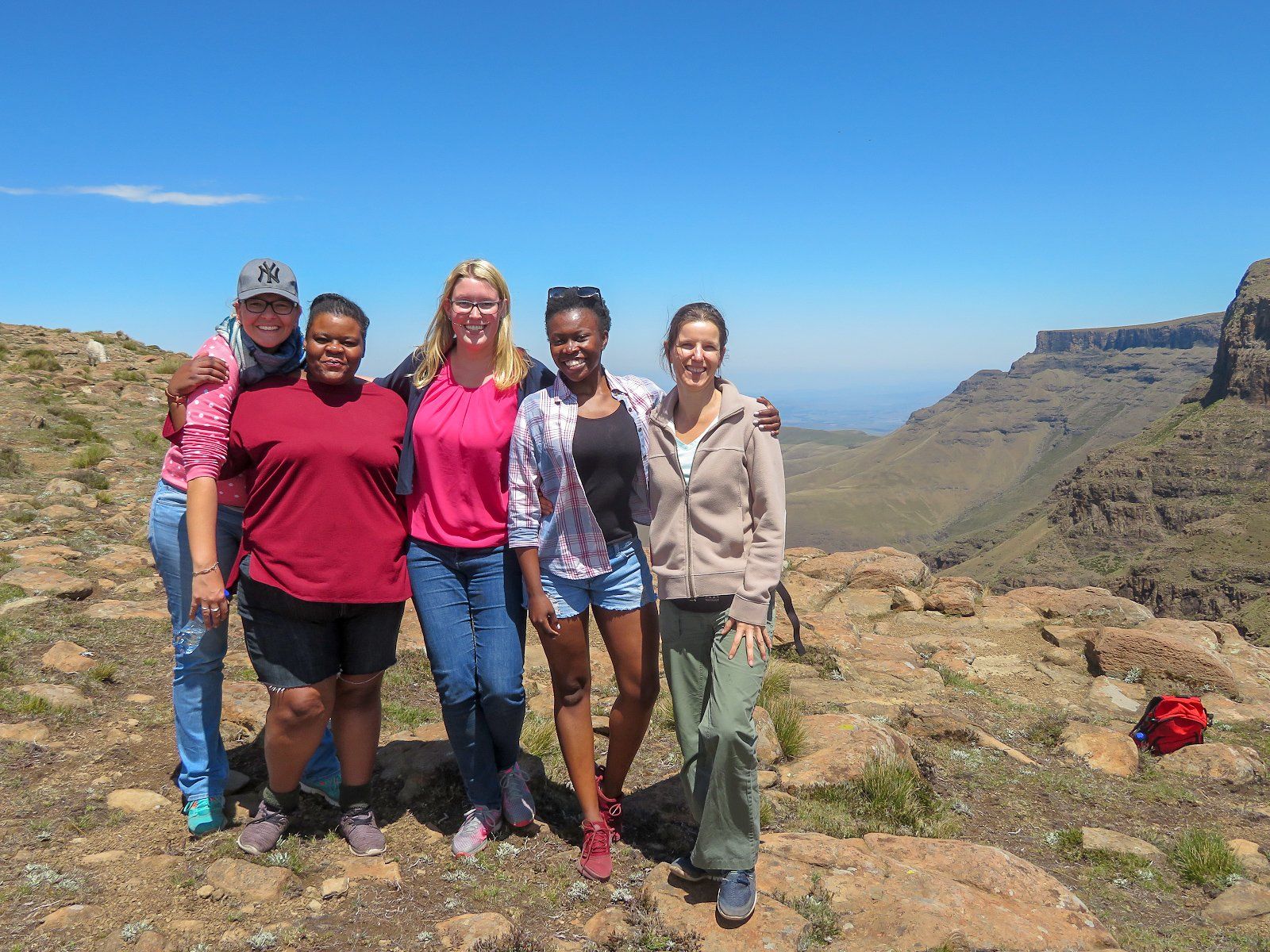
But what exactly is recommended in Lesotho? Find here a list from our travel crew:
1. Maletsunyane Waterfalls
The fall is located near the town of Semonkong (The Place of Smoke), which also is named after the falls.With a drop of 630 feet (192 meters), it is one of the world’s highest waterfalls and is important to Lesotho as a tourist attraction and creates a haze of smoke as the water plummets with savage splendour 186m down into a spectacular gorge.
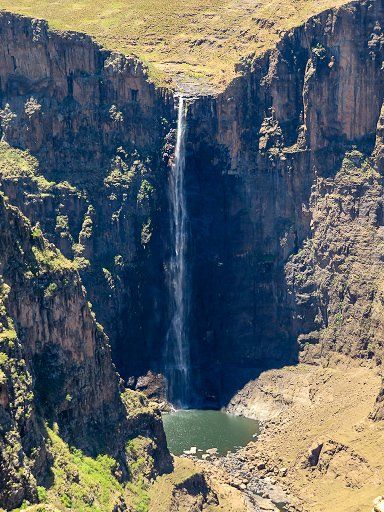
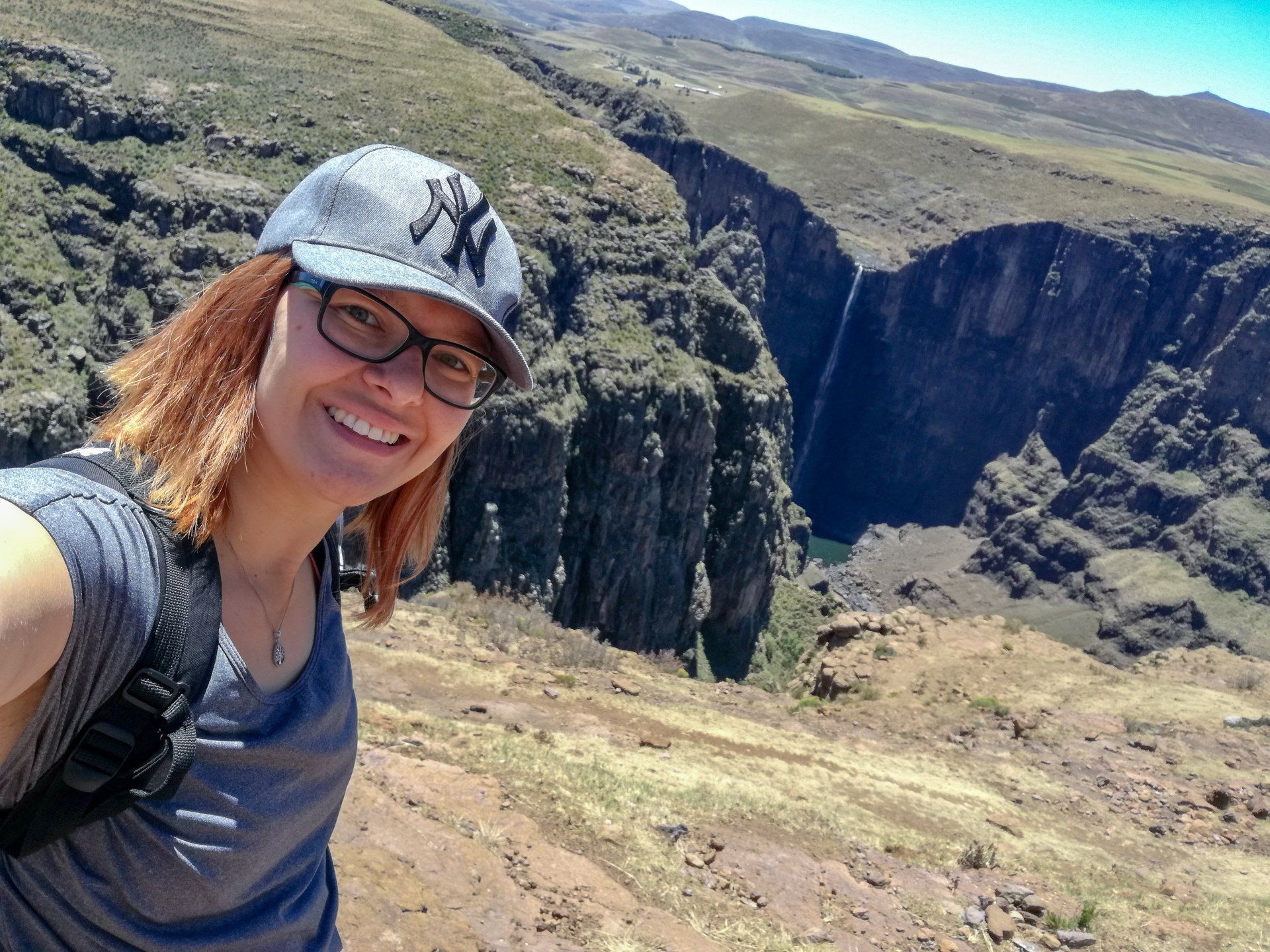
The Ha Kome Caves Village is situated at Pulane area in Berea district. The caves were a hideout for the Basia and one Bataung clans during the Lifaqane Wars and cannibalism. The site consist of 5 clay houses which were built into the caves, and they still have habitats: there are still 3 families living there and we got the opportunity to have a look inside of one of the caves.
There are also faded San paintings in the cave which indicates that the San also occupied the cave some time prior to their arrival albeit briefly.
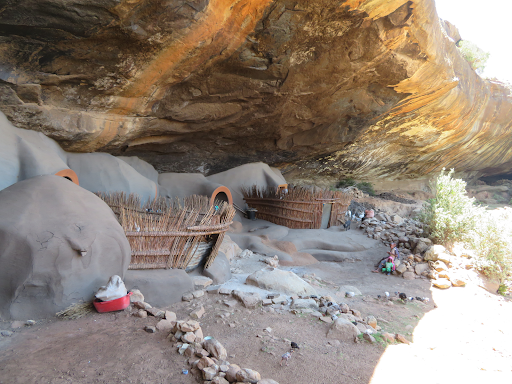
The Sani Pass was built circa 1950 and remains a challenging drive in 4x4 vehicles with all the drama, scenery, bad weather and treacherous conditions, but it is so so worth it! But watch out: you need an experienced 4x4 driver to go there, otherwise it's dangerous and your only scared during the drive and don't get into the right amount of adrenalin rushing through your body for having fun ;)
Once you get there, you will be rewarded with this amazing view:
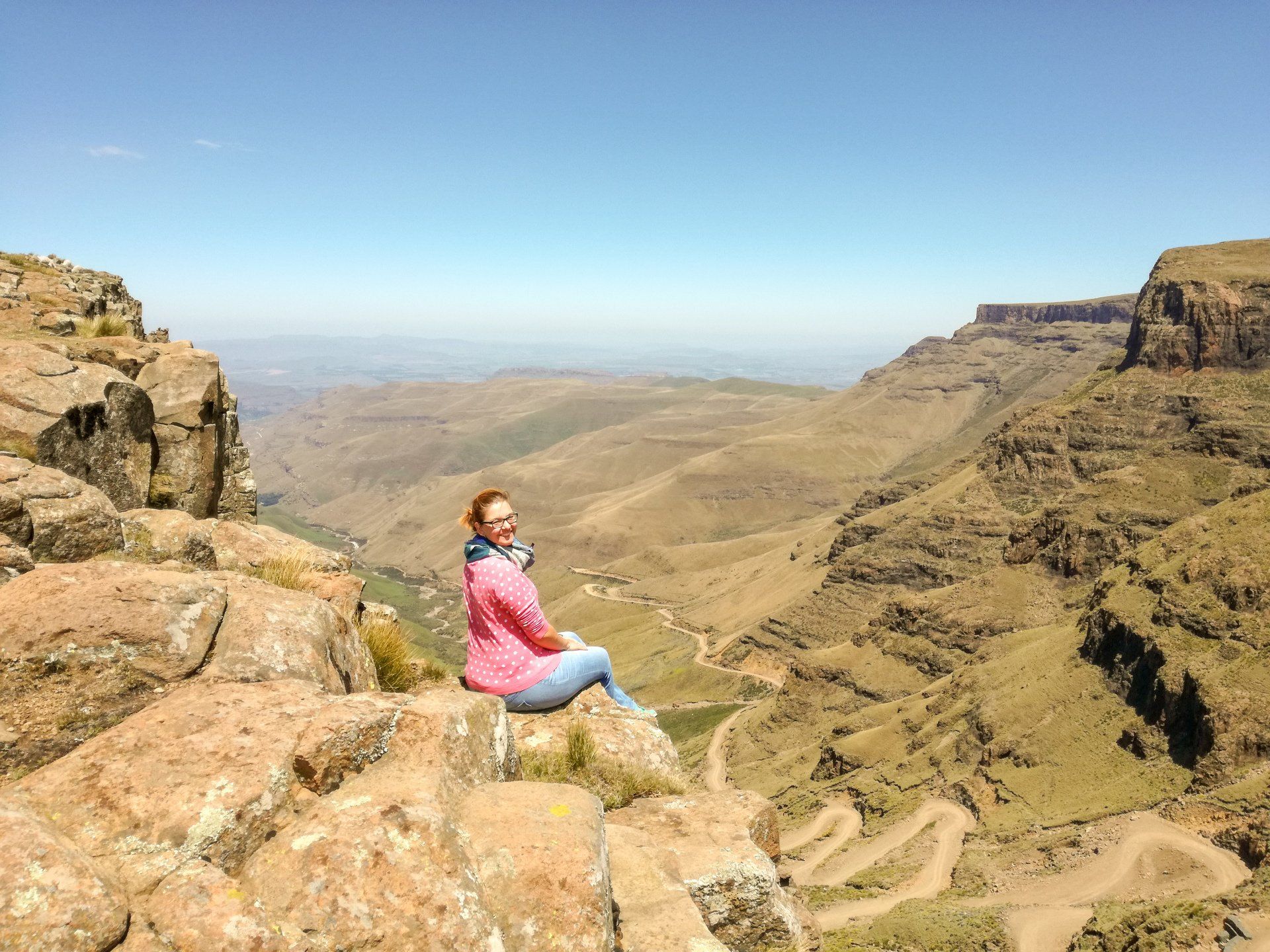
Leribe Craft Centre is a sheltered workshop and employment project of the Anglican Church. Since 1911 the Sisters of the Holy Name trained young Basotho women to spin and weave the local Lesotho mohair from the mountains of Lesotho and also taught cookery and needlework. The Leribe Craft Centre is situated at the turn-off towards Katse Dam on the road towards Buthe Buthe. They sell their handmade products in a separate store. The items look really nice and with every purchase, the project can obviously help more women.
